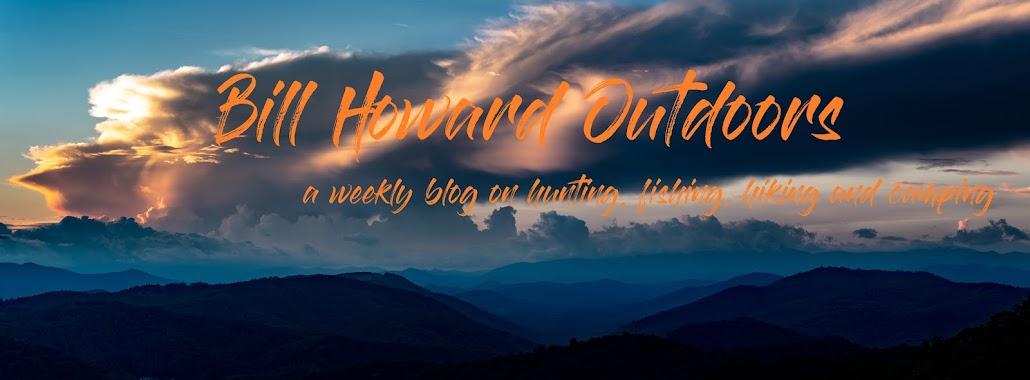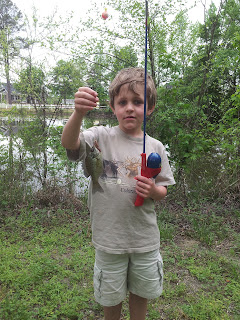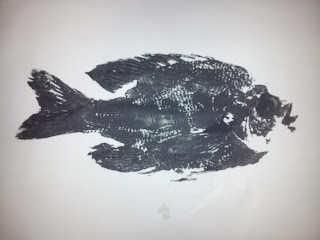Adversity
is one of those events in life that no one wishes for themselves or towards
anyone else, yet when it is overcome, it can inspire many.
Five
weeks ago I traveled twenty two miles down the Neuse River by paddleboard. What I did not share in that story is just
before the trip, actually minutes before the trip, I injured myself. I thought it was just a bruise to begin with
and therefore decided to continue on with the trip. Two days afterwards I realized I had broken
one of my ribs.I was a little upset with myself for several reasons. One, I did the trip alone and the injury could have easily gotten the better of me. Two, I am absolutely sure paddling twenty two miles on the paddleboard did the injury no good whatsoever. Three, due to the injury and the rest required for it to heal, my pursuit of my first turkey with the bow had come to an end for this season.
My luck has not been kind in my pursuit of the ole bird. I have actually been fairly fortunate in regards to my encounters with the bearded devil. I have seen plenty within range, have had plenty of interaction with the gobblers, but even though I have had several occasions in which the bow was drawn, I have yet to finger the release and set the arrow flying.
Let’s back up several years. Actually, let’s back up to 2006. I began shooting the bow at the end of 2005 and my father and I had a bison hunt planned for November of 2006. This was to be a very special hunt as it was the first big game hunt my father and I were doing together. The bison, one of the special beasts to roam not only North America, but in my opinion the planet, was destined to be my first big game animal I would pursue with the bow.
I practiced almost daily and became competent and proficient with the weapon even though I taught myself. Then in June I felt a sharp pain in my neck and shoulder area. By July, I was only getting a couple of hours of sleep due to the intense pain in my left shoulder and began losing feeling in my left hand. Three vertebrae in my neck had collapsed on a nerve bundle and after the neurosurgeon diagnosed the problem, we planned surgery two days later.
I was out of work for two months for recovery. Loss of income, and the potential of missing the hunt of a lifetime, caused me to become deeply depressed. Adversity had temporarily taken the best of me.
Towards the end of that August, I refocused my thoughts. I became determined to not miss this special hunt and turned my bow back to 35 pounds of draw weight. At first I could not draw it more than a few inches. But after several weeks, the bow became my rehabilitation and in October I was pulling 70 pounds again with no trouble.
 That
November, I was successful in taking one of the greatest land animals with
nothing but a bow and arrow. I overcame
adversity.
That
November, I was successful in taking one of the greatest land animals with
nothing but a bow and arrow. I overcame
adversity.With my history of turkey hunting, I could have easily fallen down on myself once again. It is only natural human response.
Instead, I turned to this past experience to focus on other things. I fished more for instance. And then this last weekend, just five weeks from when the injury occurred, I pulled back the bow. In fact, I pulled it back nearly two hundred times, shooting as consistently as I ever have.
The second weekend in June brings a new national archery tournament whose first leg will be held in Lawndale, NC. This tournament will be the fourth I have ever shot, and has become me new symbol of defeating adversity.









